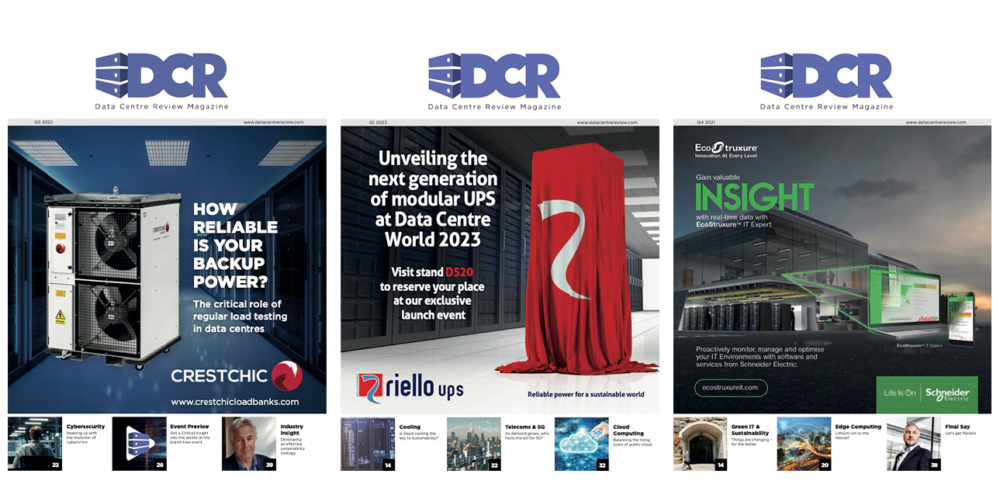Electricity demand for data centres worldwide is set to grow 16% in 2025 and to double by 2030, according to new figures from Gartner.
The increased figures would see data centre electricity use climb from 448TWh in 2025 to 980TWh by 2030. While that’s an absolutely huge increase in electricity demand, it doesn’t necessarily mean that the data centre industry will double its share of electricity usage globally – especially as other factors, such as air conditioning and electric vehicles, are also driving a rise in electricity use.
That can’t be said for a more regional outlook, however. That’s because some countries will have a higher burden than others when it comes to the increased need for electricity by data centres, with the US and China expected to account for more than two-thirds of data centre electricity demand through the period.
Gartner suggests the US share of regional electricity consumption attributable to data centres could rise from 4% to 7.8% between 2025 and 2030, with Europe increasing from 2.7% to 5%. Growth in China and wider Asia/Pacific is expected to be more moderate, due to a combination of power-efficient servers and more coordinated infrastructure planning.
What’s driving the rise in demand for electricity from data centres?
Long time readers of Data Centre Review will already know this answer, but we thought we would spell it out anyway. The increasing demand that data centres have for electricity is largely coming from the rise in AI.
As Linglan Wang, Research Director at Gartner, puts it, ““While conventional servers and supporting infrastructure contribute to overall data centre electricity consumption, the rapid rise of AI-optimised servers is fuelling the increase in data centre power consumption. Their electricity usage is set to rise nearly fivefold, from 93 TWh in 2025 to 432 TWh in 2030.”
Gartner projects AI-optimised servers will account for 21% of total data centre power consumption in 2025, rising to 44% by 2030. By the end of the decade, they will represent 64% of incremental demand growth, underscoring how the shift to accelerated computing is reshaping facility power profiles, cooling strategies and grid connections.
That changing mix will place further emphasis on high-efficiency power and cooling, from transformer and UPS selection through to heat rejection, as well as on securing firmed capacity in locations with constrained networks or lengthy connection queues.
Where is the electricity to supply data centres going to come from?
On supply, Gartner notes that on-site generation still leans heavily on fossil fuels, a position it deems unsustainable over the long term. There are now alternatives emerging, however, including green hydrogen, geothermal schemes and small modular reactors (SMRs), with the firm arguing these could become viable options for data centre microgrids by the end of the decade.
“In the near term, natural gas will lead as the main power source for data centres,” said Tony Harvey, VP Analyst at Gartner.
“However, within the next 3 to 5 years, we anticipate rapid growth in battery energy storage systems (BESS) to balance the fluctuations of solar and wind energy. While geothermal microgrids offer great promise, its high initial costs and permitting challenges will likely keep it a niche option for now.”



